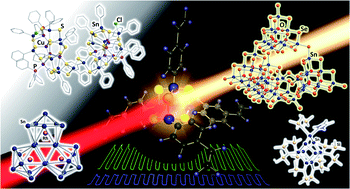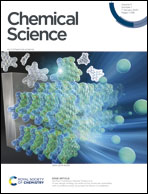Current advances in tin cluster chemistry
Abstract
This perspective summarizes highlights and most recent advances in tin cluster chemistry, thereby addressing the whole diversity of (mostly) discrete units containing tin atoms. Although being a (semi-)metallic element, tin is in the position to occur both in formally positive or negative oxidation states in these molecules, which causes a broad range of fundamentally different properties of the corresponding compounds. Tin(IV) compounds are not as oxophilic and not as prone to hydrolysis as related Si or Ge compounds, hence allowing for easier handling and potential application. Nevertheless, their reactivity is high due to an overall reduction of bond energies, which makes tin clusters interesting candidates for functional compounds. Beside aspects that point towards bioactivity or even medical applications, materials composed of naked or ligand-protected tin clusters, with or without bridging ligands, show interesting optical, and ion/molecule-trapping properties.

- This article is part of the themed collections: Celebrating 10 years of Chemical Science, Tin Collection – a celebration of our 10th anniversary and 2019 Chemical Science HOT Article Collection


 Please wait while we load your content...
Please wait while we load your content...